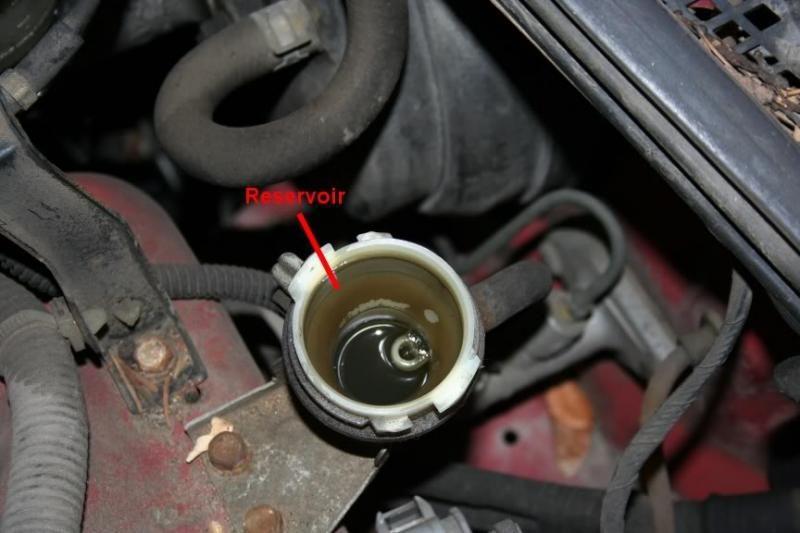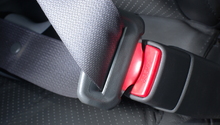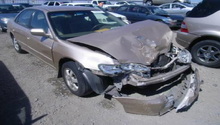Honda Civic: Common Problems, Recalls, and Service Bulletins
Honda has issued safety recalls for certain Honda Civic vehicles. Find out whether any of these safety recalls will affect you.
This article applies to the Honda Civic (1992-2000).
Vehicle safety recalls and service bulletins can occur at any time after a part is discovered by the manufacturer to be faulty. Recalls can occur due to any number of reasons, including poor installation or a new safer part has now become available to the public. All safety recalls and service bulletins are made public and are very easy to research. Here is the most important information you need to know about the Honda Civic (1990-2000). We have broken down all the information contained in this guide by model year. That way, you will know for sure whether we are talking about your car or not. If your car is subject to a recall, we explain what you'll need to do to have the problem fixed. Let's get started with the most crucial service bulletins.
Engine
- Honda Civic (1990 to 1995): the head gasket leaks oil externally and needs to be replaced. Recall repairs include installation of a new head gasket and new head bolts.
- Honda Civic (1996-2001): Contaminated rear main oil seal needs to be replaced. Leaks present between engine block and transmission.
- Honda Civic (1996-1998): Cracked heat shields around exhaust pipe A are causing a rattling or buzzing sound.

Suspension
- Honda Civic (2000): Spring silencer installation needed on the second coil of the damper springs.
- Possible new damper assembly also required.
- Symptoms include a squeaking noise when driving over potholes.
- Honda Civic (2000): Owners may experience a clunk when driving over bumpy roads. Solution: replace broken rear trailing arm bushing(s).

Fuel/Emissions
- The accelerator pedal in Honda Civic (1996) vehicles feels rough when you press it.
- Solution: replace throttle cable.

Scheduled Maintenance
Make sure to follow your recommended service schedule, including replacing engine oil and the engine oil filter every six months to a year, checking fluid lines for leaks annually, and rotating tires according to wear.
- 120,000 miles: inspect brake line and hoses for damage, check pads and discs for wear, inspect brake lining and driveshaft for cracks, inspect exhaust system, and top off fluids.
Common Questions
How do I find out about a safety recall?
Honda is required to tell car owners about safety recalls. While safety recall announcements are available to the public on the Honda website (see below), the National Highway Traffic Safety Administration (NHTSA) publishes safety recalls, as well.
- Honda will contact you via phone, mail or both.
- Contact the Auto Safety Hotline of the NHTSA at 1-888-327-4236 or visit their website at http://www.nhtsa.gov.
- Visit trusted websites such as KBB.com and Edmunds.com for safety recall updates.
- Safety recalls are often announced as part of national campaigns that feature in national media.
Who do I contact if my vehicle is subject to a recall?
You are welcome to contact Honda Automobile Customer Service at (800) 999-1009. Or, simply contact your local Honda dealership to set up an appointment to have your vehicle serviced.
Who is financially responsible for the cost of the recall repair?
Honda will make the recall repair at no charge to you.
Have there been any safety recalls in 2015?
Honda has issued a number of recalls including two recalls on the Honda Civic (2000) for a faulty ignition switch and malfunctioning rear seat belt, respectively. A safety recall was also issued for the Honda Civic (1998-1999) sedan for a faulty ignition switch, which could cause the engine to stall.
Common Issues
Automatic Transmission Stays in First Gear
The automatic transmission in Honda Civic (1996 and 2000) vehicles may shift harshly or become stuck in first gear. The most common culprits include:
- Contamination of linear colenoid and associated passages inside the transmission has caused transmission failure. Replacements are necessary.
- Internal transmission parts, such as springs, may be worn down or broken and in need of repair or replacement.
Faulty Brake Indicator Light
The brake indicator light in Honda Civic (1996 and 2000) vehicles may flash on and off. Replace the filter in the master cylinder reservoir. Doing so will allow the cap to vent properly.
- DIY cost is around $70 to $90.
- Professional cost can reach upwards of $300 to $350, including parts and labor.

Leaky Power Steering Pump
The power steering pump in Honda Civic (1992-1995) vehicles may experience leaks. Replace the O-ring located between the pump housing and cover to prevent further leaks.
- This simple DIY repair can be done from the comfort of your garage.
- The cost for a replacement O-ring is just a few dollars.

Related Discussions
- Honda Civic Maintenance Schedule - Honda-Tech.com
- Technical Service Bulletin Info - Honda-Tech.com
- Frequently Asked Questions - Honda-Tech.com






